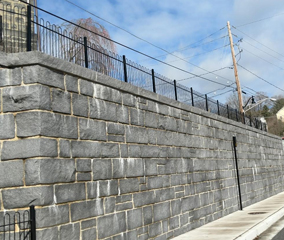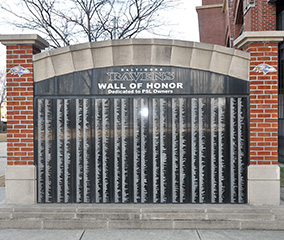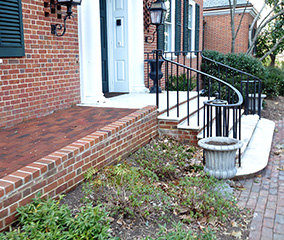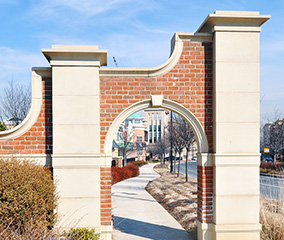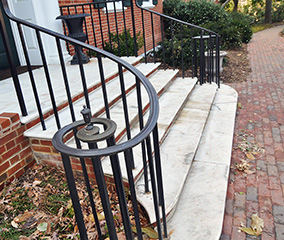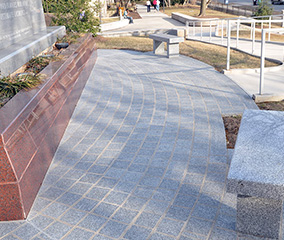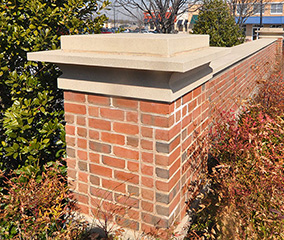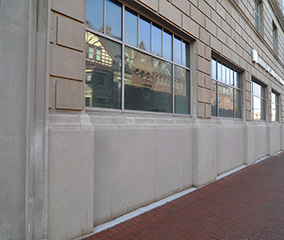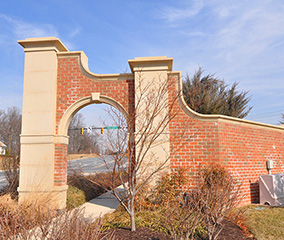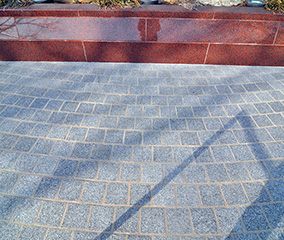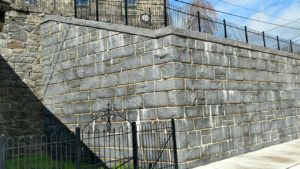
If you notice signs of wear like efflorescence, it may be time for commercial stone masonry restoration.
Stone masonry has adorned buildings for centuries, standing as a testament to durability and timeless elegance. However, even the sturdiest structures can succumb to the ravages of time and environmental factors. For commercial buildings with historic or aged stone masonry, recognizing the signs of wear and damage is crucial. Restoring these architectural gems not only preserves their aesthetic appeal but also ensures the safety and longevity of the structure. If you notice the following signs, it is likely time to invest in commercial stone masonry restoration. The masonry experts at DelPrete Masonry can provide the comprehensive restoration services you need.
Cracks and Fissures
Cracks in stone masonry are more than just cosmetic issues; they are warning signs of structural problems. Over time, exposure to weather elements and temperature fluctuations can cause stones to expand and contract, leading to cracks. If left unattended, these cracks can compromise the building’s integrity. Regular inspections can help identify small cracks before they escalate into more significant issues.
Deteriorating Mortar Joints
The mortar joints that hold stones together play a crucial role in maintaining a sturdy structure. If you notice crumbling or deteriorating mortar, it’s a clear sign that the building requires commercial stone masonry restoration. Weathering, pollution, and age can weaken mortar joints, leading to gaps that allow moisture to penetrate the structure. Restoring mortar joints through repointing is a common technique to address this issue.
Stains and Discoloration
Stains and discoloration on the surface of stone masonry are often indicators of water damage. Water infiltration can cause minerals within the stone to leach out, resulting in unsightly stains. Additionally, mold and mildew growth are common consequences of prolonged water exposure. Your professional masonry contractor from DelPrete Masonry can assess the extent of the damage and recommend appropriate restoration methods to rejuvenate the stone’s appearance.
Efflorescence
Efflorescence, the formation of white, powdery deposits on the stone’s surface, clearly indicates water migration. It occurs when soluble salts within the stone dissolve in water, move to the surface, and crystallize. While efflorescence may seem harmless, it points to an underlying moisture issue that requires prompt attention. Addressing the source of water ingress and removing efflorescence is crucial to preventing further damage.
Loose or Displaced Stones
Inspect the exterior of your commercial building for any loose or displaced stones. This could result from weakened mortar joints, freeze-thaw cycles, or other environmental factors. Unstable stones pose a safety risk, leading to more extensive damage if not addressed promptly. Securing loose stones and ensuring a solid foundation is essential for the overall stability of the masonry.
Crumbling or Spalling
Crumbling or spalling occurs when the stone’s surface starts to break away. This can be attributed to freeze-thaw cycles, abrasive cleaning methods, or using incompatible materials in previous repairs. Restoring the surface integrity through careful cleaning and patching is vital to prevent further deterioration.
Recognizing the signs of wear and damage on old stone masonry buildings is the first step towards preserving their beauty and structural integrity. Regular inspections by a professional masonry contractor can identify issues early on, allowing for timely and cost-effective restoration. Investing in the maintenance and restoration of commercial stone masonry ensures that these architectural marvels continue to stand the test of time.
CONTACT DEL PRETE MASONRY TODAY!
Whether you are ready to start your next masonry project or are still hesitant and have questions, Del Prete Masonry is here to help. We have the experience and expertise to get it right the first time. Questions? Want to visit some of our residential or commercial projects? Ready to set up a consultation? Feel free to give us a call at 410-683-0650 or visit us online. We are happy to serve Baltimore City and County, Harford County, Carroll County, Anne Arundel County, and Howard County. To see examples of our work and to keep up with our new and exciting projects, be sure to follow us on Facebook, Twitter, and Pinterest.









